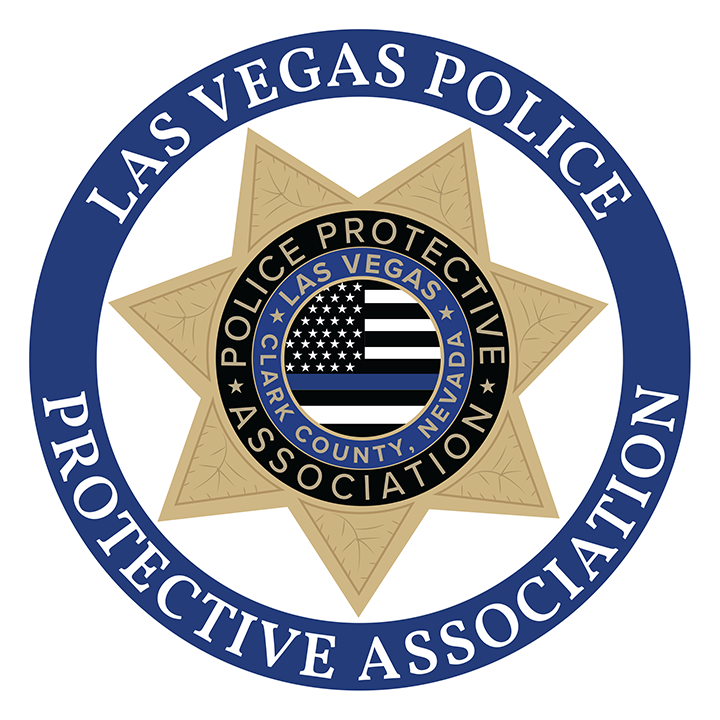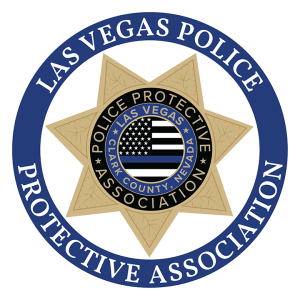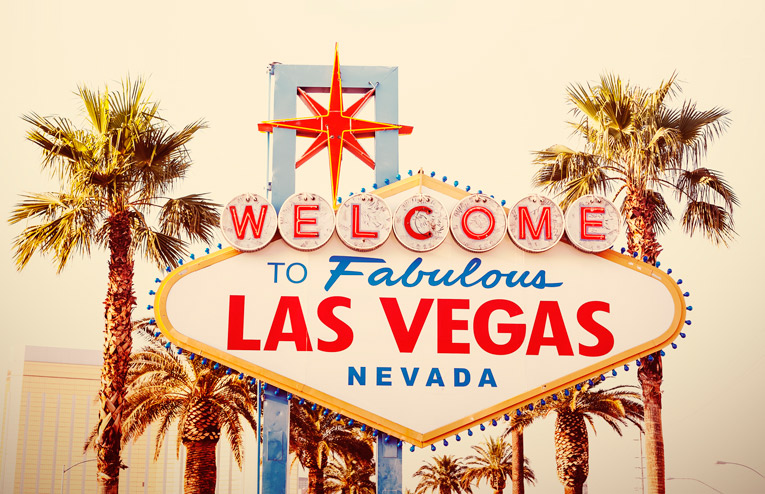
METRO: OUR HISTORY, OUR STORY
Who was the first organized crime figure in Las Vegas? Hint: It was not Bugsy Siegel.
Many people mistakenly believe that Benjamin “Bugsy” Siegel was the first crime figure to operate in Las Vegas, but he was not. That dubious honor goes to a Mr. Guy McAfee. With gambling establishments opening by 1931, many “businessmen” came to Vegas to start one. One of those businesses was the Pair-O-Dice Club that opened on Highway 91, which later became known as the Las Vegas Strip. This property was later acquired by a man named Guy McAfee.
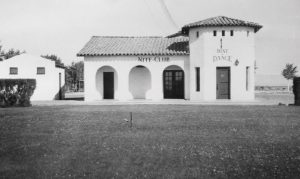
Breaking Bad
McAfee was a former police officer with the Los Angeles Police Department. I’m not sure when he decided to “go sideways,” but as a vice squad captain, he became acquainted with the owners of nightclubs, illegal gambling operations and brothels in Los Angeles. McAfee eventually decided he could make more money working in vice instead of working on vice, and that’s when McAfee left LAPD. This was during the prohibition years, and he had established himself as a “businessman” in Los Angeles, working the nightclubs where illegal alcohol was served. In 1930, McAfee headed to Las Vegas, where the city fathers issued him a license to run a legal gambling business, which was then restricted to games such as poker in saloon-type clubs. McAfee didn’t stay long before deciding to head back to Los Angeles. Then, in 1931, McAfee was the focus of disparaging headlines in Southern California and Las Vegas after being taken into custody by Los Angeles police following a double murder. Apparently, some rivals had been killed by a candidate for office who was being supported by McAfee. Although he denied being involved and was never charged, throughout this time, McAfee continued his illegal casino on the Sunset Strip in L.A. This establishment was popular with rich business and Hollywood folks. It was typical of the time when operating an illegal speakeasy that the club’s gambling tables could be flipped over and hidden if a raid happened. The cops knew this, but out of sight means out of mind and, based on McAfee’s background, it was clear that LAPD vice operations were not necessarily proactive in their enforcement efforts.
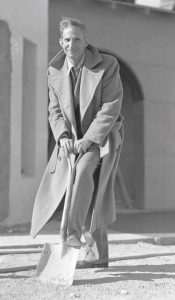
Breaking Ground
It was 1938, and McAfee again relocated to Las Vegas with his wife, a former actress by the name of June Brewster. Continual pressure from grand jury investigations into local crime, a recall of the Los Angeles mayor, a general push to eliminate gambling and FBI inquiries of McAfee helped him make the decision to leave for good. Upon arriving in Las Vegas, McAfee bought the Pair-O-Dice Nightclub several miles outside of town and across from where the Wynn Hotel is now. Amazingly, he convinced the owner to sell for around $20,000, even though it was purportedly worth much more. McAfee saw Las Vegas as a place where he could put his knowledge as an illegal casino operator to legitimate use. Within a decade of moving to Las Vegas, McAfee was the city’s gambling superstar, with most of his presence on Fremont Street.
Unfortunately for McAfee, his reputation preceded him. Nevada’s governor at the time, Edward P. Carville, called Clark County District Attorney Roland Wiley and complained that someone like McAfee should not run a casino in Nevada. Wiley responded that he could do nothing because McAfee’s gambling activities in California did not impact Nevada and were perfectly legal in Las Vegas. McAfee’s trade flourished. He was convinced that the new club would succeed, primarily because vehicle traffic from Southern California had to use the highway and would therefore stop in Las Vegas. His operation would attract some of the same affluent people, both legit and criminal, who gambled at his illegal club in Los Angeles.
McAfee renamed his Pair-O-Dice Nightclub the 91 Club and refurbished it in the opulent standards of Southern California clubs. Ria Langham, Clark Gable’s estranged wife at the time, arrived in Las Vegas in January of 1939 with the plan to begin divorce action, in the process helping Las Vegas earn the title of the “Divorce Capital of the World.” While Ms. Langham was in Las Vegas, McAfee opened the 91 Club to make the most of the national media spotlight and her divorce from Gable.
Making of a Mogul
By 1940, McAfee had focused on downtown. He opened the Frontier Club and next door opened the Mandalay Lounge. McAfee’s Mandalay had a unique feature: a simulated storm with falling rain, artificial lightning and thunder watched by customers at the bar, special effects commonplace in Las Vegas today but truly ahead of their time for Las Vegas in 1940.
McAfee went on to build or buy more properties, including the Pioneer Club on Fremont and the S.S. Rex, which would later be renamed (Benny) Binion’s Horseshoe.
 McAfee developed a key downtown project in 1945. He had purchased a former coffee shop and pool hall at 125 Fremont Street P# 411 and built a casino he named the Golden Nugget Saloon, featuring Victorian woodwork, marble and a large air conditioning system. McAfee also built a 100-foot high neon sign proclaiming the Golden Nugget Saloon as “the brightest nightspot in the world.”
McAfee developed a key downtown project in 1945. He had purchased a former coffee shop and pool hall at 125 Fremont Street P# 411 and built a casino he named the Golden Nugget Saloon, featuring Victorian woodwork, marble and a large air conditioning system. McAfee also built a 100-foot high neon sign proclaiming the Golden Nugget Saloon as “the brightest nightspot in the world.”
A few years later, Guy McAfee bought an existing property on the growing Las Vegas Strip for $5.5 million. The front of the resort was built to resemble an old western town and was called the Last Frontier. It would later be renamed simply the Frontier.
On February 20, 1960, Guy McAfee, the former Los Angeles Police Department Vice Bureau captain who buddied up to L.A. mobsters, ran illegal gaming operations in California and was once alleged to have been involved in a double murder, died in Las Vegas at the age of 71 as a legitimate businessman. He is buried at Bunker Memorial Gardens Cemetery in Las Vegas.
